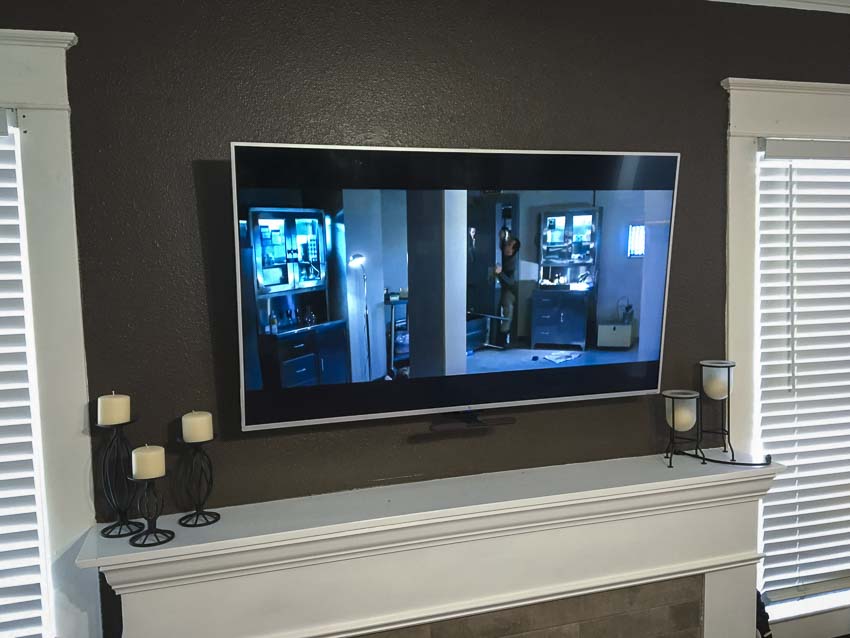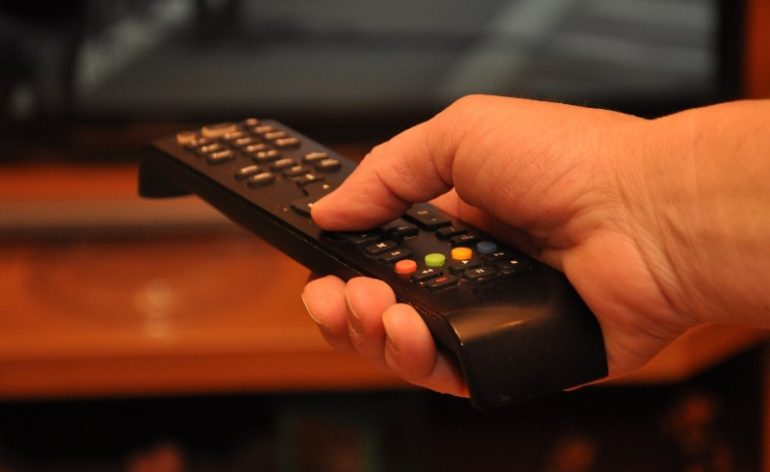1080p Source Connected to 4k TV – What Resolution am I Seeing?
You’ve got a grand plan to update your home theater. It’ll take a few years and a little scrimping and saving on your part, but the plan is in place. The day has finally come to take that first big step. And what is the first logical step? The new big TV! You get it and get it set up. It looks spectacular! But it’s 4k. Nothing else in your system is 4k. When you connect your 1080p source to your 4k TV, what resolution are you seeing? The answer is both simple and a little confusing.
TVs Can Accept Many Different Resolutions
Most if not all displays will have a number of different resolutions that they will accept. These will be listed in the manual, on the box, and possibly on the website specification page. These will be labled “supported resolutions” or some such. On this 4k Sony Bravia TV, for example, it lists:
HDMI™ signal: 4096 x 2160p (24, 60 Hz), 3840 x 2160p (24, 30, 60, 120 Hz), 1080p (30, 60, 120 Hz), 1080/24p, 1080i (60 Hz), 720p (30, 60 Hz), 720/24p, 480p
These are all the video resolutions that the TV can accept and understand. When it gets one of these video signals, it will give you a picture. If you were to connect a source that wasn’t one of these resolutions, you’d get an error.
TVs Only Have One Native Resolution
On that same Sony, it lists its native resolution as 3840 x 2160. This is a 4k panel and it has the requisite number of pixels. When you send it any source, it will upscale that signal to its native resolution. That means if you connect your 4k Sony TV to a 1080p resolution source, you will see 4k worth of pixels. To do this, it will repeat or duplicate pixels in order to have your 1080p image fill its 4k screen.
If your 4k resolution TV didn’t upscale 1080p and other connected sources, then any non-4k images would have black bars all around them. The lower the resolution, the larger the bars. This used to happen more frequently when 1080p TVs first hit the market. But we haven’t seen it much in recent years.

But I Do Have Black Bars!
Before you start freaking out, not all black bars mean that you aren’t getting a fully upscaled image. If you are watching an old, 4:3 resolution TV program, you’ll see black bars on the sides. Many movies (regardless of resolution) will have black bars on the top and bottom of the image. These bars are normal. They are there because they are keeping the aspect ratio consistent. If your 4k TV tried to fill its screen with your 1080p or 4:3 aspect ratio image, that image would be stretched and look unnatural. But since the original image isn’t the same size and aspect ratio as the 4k panel, some of the image has to be blank in order for things on the screen to look normal.
Let’s Do Some Math
If you are still worried about what resolution you are seeing, let’s compare your 4k TV to a native 4:3 aspect ratio image. Now, 4:3 doesn’t really tell us much other than the ratio of horizontal pixels to vertical. But let’s assume a normal TV resolution. That would give us 640 by 480 pixels. Your 4k display has around 3840 by 2160 pixels. If you were to connect your 4k TV to a source that sent out a 640 x 480 resolution image (much less 1080p) and it didn’t upscale you would see a very small picture at the center of your screen.

Your 4k display has 8,294,400 pixels. The 4:3 image would only be using 307,200 of them. That’s only 27% of the screen. Black bars on the sides or top don’t mean that your image wasn’t scaled properly. It simply means that some of the image must be left empty so that it isn’t stretched unnaturally.
But It’s Blurry!
A 4k display can only put out a 4k image. It can’t have fewer pixels. But it also can’t add more pixels to a lower-resolution image. From a 1080p connected source, you will see a slightly blurry image from your 4k resolution TV. This is because it is having to upscale that lower resolution. It will be worse with lower-resolution images. This is akin to moving closer to your lower-resolution TV. Of course, the image will get blurrier! With a 4k native image, you’ll be able to get much, much closer before it starts getting blurry.
In fact, with most 4k displays, you can practically put your nose on the display without seeing any blurriness! This begs the question, do we really need 8k or higher resolution displays? I think you can guess our answer.


